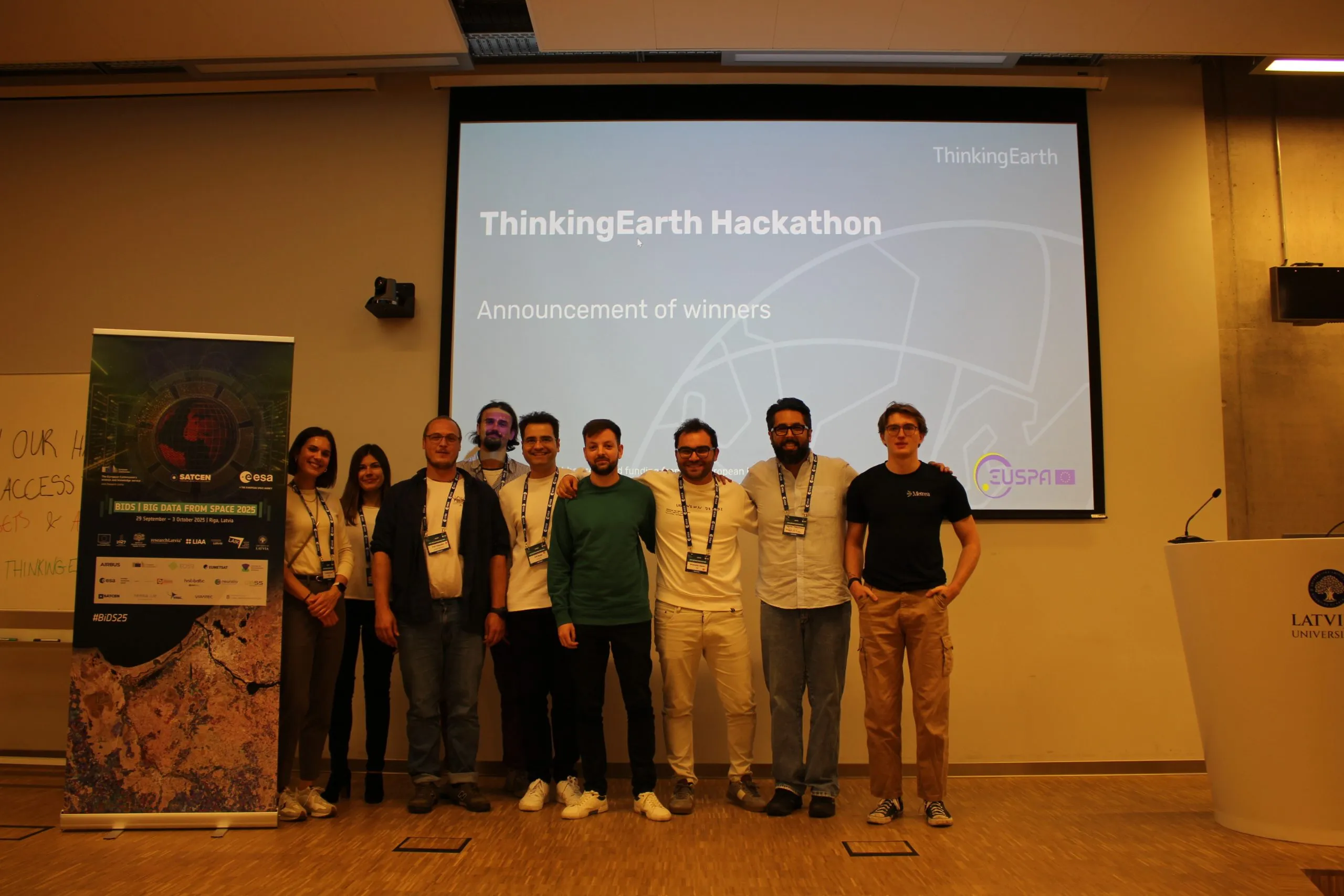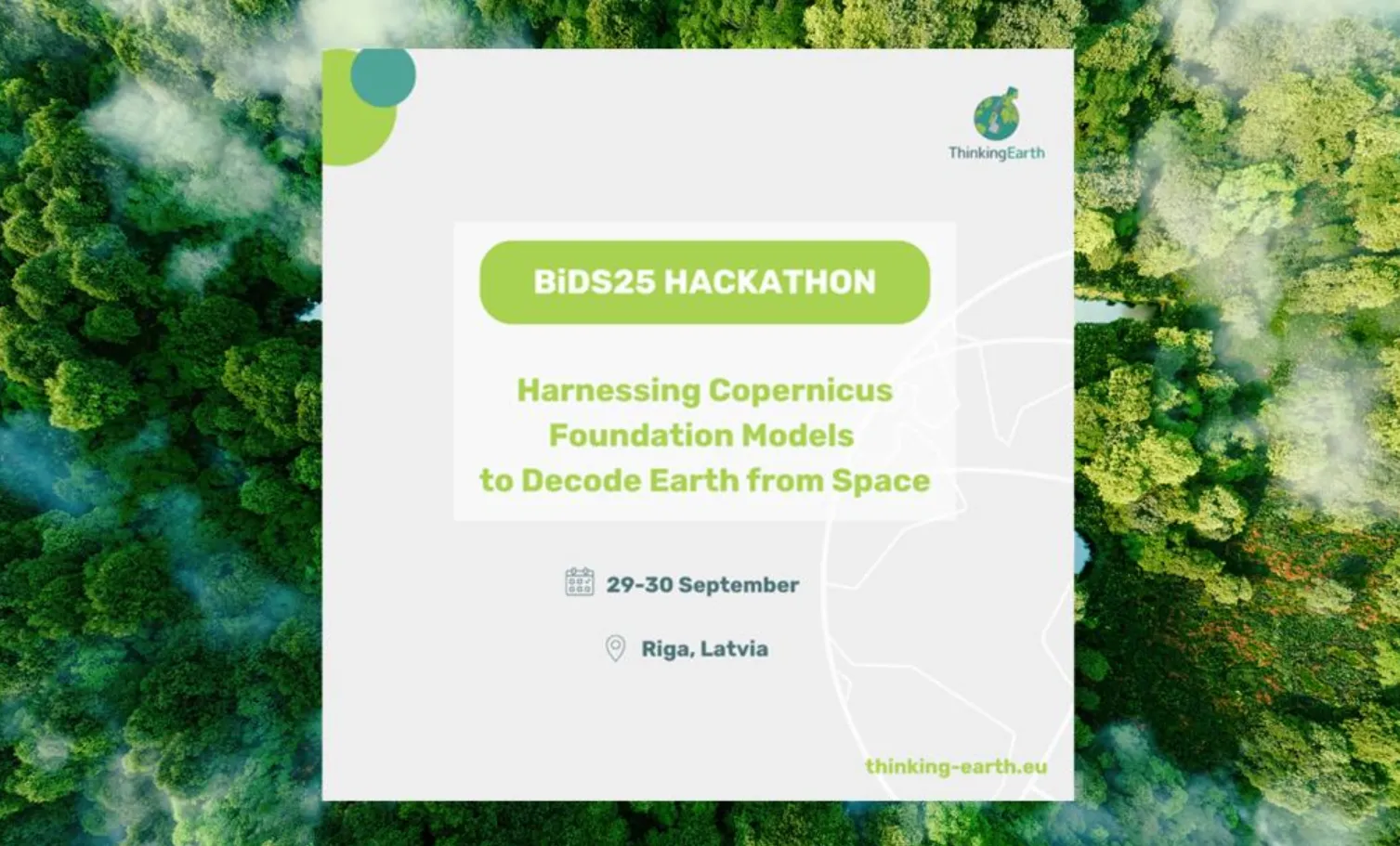A Smart Grid Future with ThinkingEarth

ThinkingEarth Use Case 1 (UC1) is built precisely to address these challenges. By harnessing Earth observation data and urban-scale modelling, ThinkingEarth provides cities and energy operators with the tools they need to anticipate, manage, and balance distributed solar energy in real time. Rather than being caught off-guard by variability in renewable energy supply, UC1 allows grid operators and planners to proactively forecast and optimise energy flows at the city level.
What Went Wrong: A System Under Stress
The April 2025 blackout was triggered by a combination of grid imbalances and insufficient coordination of solar generation. Sudden losses in electricity production—exacerbated by fluctuations in solar energy due to cloud cover—set off a chain reaction that overwhelmed interconnections and forced large parts of the grid offline.
This event exposed a systemic weakness: while solar energy offers enormous benefits, it also introduces unpredictability. Without tools for real-time monitoring, short-term forecasting, and smart energy distribution, regions with high solar penetration remain vulnerable to disruptions.
ThinkingEarth UC1: A Smart Solution for Energy Resilience
ThinkingEarth UC1 delivers an integrated, Earth observation-based solution designed to support cities and energy operators in managing distributed solar energy more effectively.
Urban-Scale Solar Forecasting
UC1 creates 3D digital models of cities, simulating how sunlight interacts with buildings and infrastructure throughout the day and across seasons. Using shadow casting and ray tracing, it provides accurate short-term forecasts of solar energy generation, down to the neighbourhood level.
Smart Energy Management System
By combining forecasted solar supply with real-time electricity demand and storage data, UC1 enables:
- Proactive load balancing
- Optimised intraday distribution
- Peer-to-peer energy trading
- Predictive demand response strategies
These capabilities help Distribution System Operators (DSOs) better manage fluctuations in solar energy and reduce the risk of grid instability.
Planning and Simulation for Resilience
UC1 supports strategic decision-making by offering a digital twin of the urban energy system. This allows operators and planners to:
- Identify critical zones for solar PV expansion or storage investment
- Simulate stress scenarios and evaluate mitigation strategies
- Inform infrastructure planning and risk reduction
ThinkingEarth UC1 equips cities with the spatial intelligence and forecasting tools they need to ensure solar energy becomes a stabilising force, not a liability.
By turning data into action, ThinkingEarth empowers urban energy systems to become resilient, responsive, and ready for the renewable future.
Share
Read next

Consistent Flood Mapping and Forecasting with ThinkingEarth

The ThinkingEarth Hackathon at BiDS 2025: showcasing AI innovation for Earth Observation

ThinkingEarth Hackathon: Shaping the Future of AI for Earth


